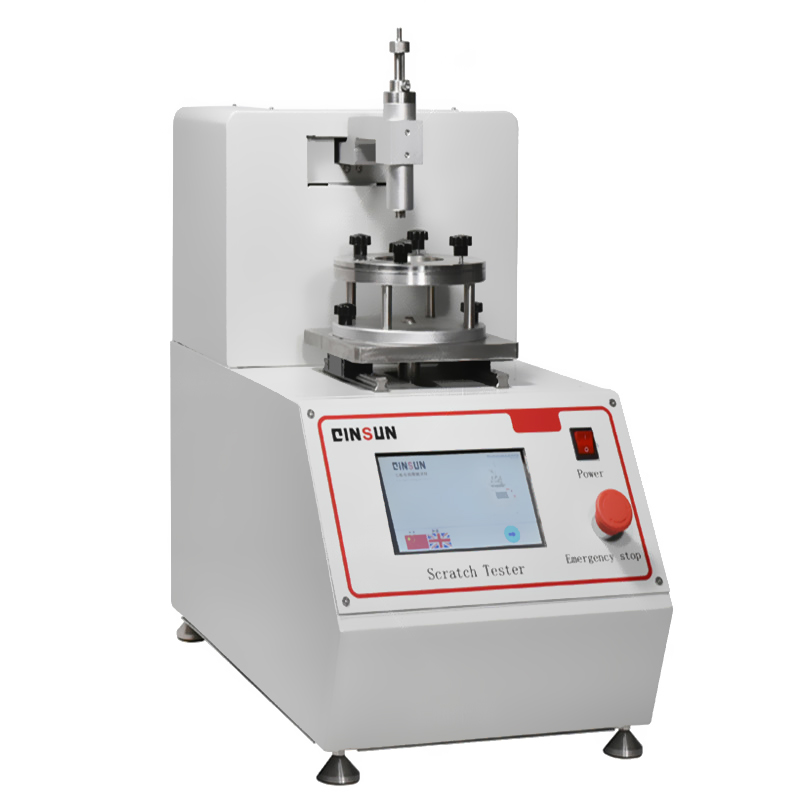Electric Grid Marking Tester Operation
Advantages and characteristics:
1.Have a strong after-sales service team;
2.Able to handle various issues in a timely and fast manner,relieving customers of any worries they may have;
3.Complete spare parts to solve the problem of long lead times when ordering spare parts;
4.Keep up with industry standards updates and provide textile testing instruments that meet the new standards in a timely manner.
T110 Electric Grid Marking Tester is used to test the scratch resistance and scratch performance of plastic parts inside and outside of automobiles.
Applicable standards:
1.PV 3952,PV 3974 Volkswagen standards
2.GMW 14688 General Motors Standard
3.VDA621-411 Paint adhesion
4.EN ISO 2409 Coatings-Grid cutting test for coatings
5.ASTM D3359 Standard Test Criteria for Coating Adhesion Testing by Tape Method
Technical parameters:
1.Instrument power supply:115/230VAC,50/60Hz(please specify voltage when ordering);
2.Equipment power:400W;
3.Specification of test piece:80×50mm;
4.Sample thickness:0.5-20mm;
5.Standard load range:2-50N(rounded to 2N);
6.Special load range:1-10N(rounded to 1N)(must be matched with optional accessories);
7.Marking path:25 or 40mm;
8.Scratching speed:1m/min or 40mm/s.

Operation:
1.Firstly,prepare the accessories and test samples;
2.Place the test sample into the fixture and tighten it to secure it;
3.Install the scraping head at the bottom of the guide rod,tighten and fix it;
4.Install the weight on the top of the guide rod,tighten and fix it;
5.Turn on the switch to enter the LCD screen operation interface;
6.Set parameters such as speed,number of grids,spacing,and stroke;
7.Guide rail transmission,scraping head and material surface for scraping movement;
8.When the set value is reached,the second stage dialog box will automatically pop up;
9.Remove the screws on both sides;
10.Rotate the test fixture horizontally by 90 degrees;
11.Reset parameters such as speed,number of grids,spacing,and stroke;
12.Scratching movement between the scraping head and the material surface;
13.Automatically stop when the set value is reached,remove the sample for observation;
14.Turn off the instrument,complete the test,remove the sample,analyze and compare it,evaluate the sensory level of scratches after scratching,the color difference changes in the scratched and non scratched areas,or the detachment of the surface coating of the sample after scraping and adhesive tape treatment.

